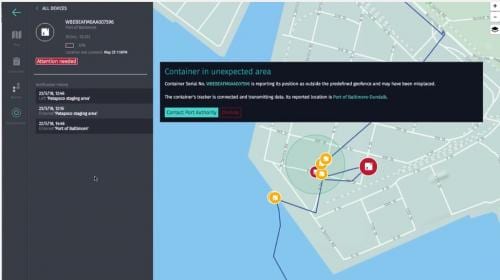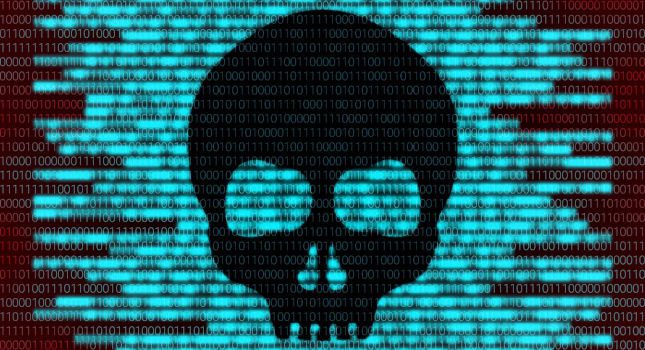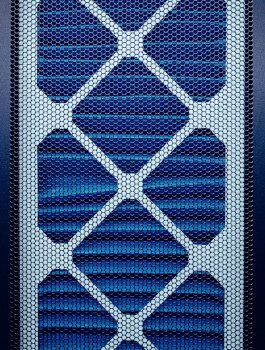From optimizing the supply chain to minimizing waste and managing plant materials and resources effectively, rich and intelligent location data is at the heart of improving efficiency, safety and security of Industrial Internet of Things (IIoT) operations.
Highly detailed real-time location information allows location and tracking of any connected object, indoor or outdoor, at an unprecedented level of accuracy, improving the factory-floor production process and providing clear and complete visibility across supply chains worldwide.
Accurate and precise digital representations of factories, industrial spaces and indoor maps, for example, open all kinds of opportunities that enable the safe, autonomous operation of equipment such as forklifts. Location intelligence improves safety levels and boosts efficiency for IIoT operations.
The latest global positioning technologies can work to within centimeters of accuracy, depending on the technology, even when there is no global positioning systems (GPS) signal, as they combine and synthesize data from billions of Wi-Fi access points, Bluetooth readers and cell IDs.
Of course, having the ability to reliably track any connected object in real-time anywhere in the world opens multiple opportunities and possibilities in the IIoT.
Intelligent IIoT supply chains
Intelligent and accurate tracking of connected parts and products at every stage across a supplier network and production process enables truly “just in time” manufacturing, which means huge cost savings.
Accurate, real-time location data and the latest connected and always-on tracking technologies are powering this latest revolution in supply chain visibility, allowing operators to understand exactly where parts and materials are in the supply chain and to better predict their arrival times.
High frequency access to and visibility of this information enables optimization of all material flows across the supply chain as autonomous movement systems are introduced.
This improved supply chain visibility optimizes asset utilization and reduces wasted time and effort. Not only that, location intelligence also plays a critical role in minimizing waste or scrap in the manufacturing process.
Notably, when you have real-time asset visibility of work-in-process materials, you are far better-equipped to reduce the levels of waste by properly employing first in, first out (FIFO) and last in, first out (LIFO) inventory management in the production process, in addition to considerably reducing “down-time” issues due to inventory “loss.”
Asset and resource optimization
Understanding the location patterns of humans and equipment also helps operators to determine whether they are over- or under-resourced.
With stronger asset optimization, industrial plant owners can make smarter business decisions about how much equipment to rent or buy, for example, based on actual use data that is given in equipment location and status updates, ultimately reducing CAPEX and OPEX expenditures.
Having this kind of high visibility to temporary contractors also helps companies to get a much better understanding of their efficiency and real value to the overall business.
Understanding the current location of all of your equipment and people also significantly increases worker safety. As the industry moves towards more autonomous operation of vehicles and machines, knowing the location of people will be of critical importance to keep industrial plants safe and secure.
Forklift crashes, for example, are among the most serious and frequent workplace accidents. According to OSHA, an average of 34,900 forklift accidents annually are reported to have resulted in serious injury and another 61,800 accidents are reported as non-serious. Leveraging location technology with autonomous vehicles will lend itself to improving these workplace safety metrics.
Enhanced cyber and physical security
In the IIoT, cyber and physical security are constant concerns, wherever valuable business data or connected infrastructure are in use.
That’s why location intelligence can be invaluable when it comes to adding an additional layer of validation to an industrial plant’s security model. As an example, any change initiated to the configuration of the plant floor can be double-checked against the geofenced location of the actor initiating the change, enhancing standard cybersecurity.
Also, with geofencing and alert systems, it is always valuable to know if personnel are in approved or restricted areas. Reducing unauthorized access to equipment and areas improves physical security and significantly reduces the risk of cyberattacks.

Rich, real-time location intelligence is what powers true supply chain visibility, which means knowing exactly where any part currently is in the world ─ —indoor or outdoor─ —and exactly when it is scheduled to arrive by combining real-time location, connected tracking technology, optimal routes, sensor data, historical data and predictive modeling.
The latest end-to-end location tracking and indoor positioning technologies, based on highly accurate indoor maps and digital representations of factories and industrial spaces, have immense implications for the IIoT, with any connected part, person or machine locatable and trackable at scale and at a low cost.
All the factors outlined above power increased efficiency across the entire manufacturing process, boost workplace safety, enhance digital and cyber security and have the potential to massively reduce wastage of time and valuable resources.
Thus, location intelligence offers organizations complete, real-time and highly accurate visibility of all the assets they need to compete in the IIoT era.
Profile of a solution
HERE Technologies provides mapping and location data and related services to individuals and companies.
- Tracking & Positioning Suite: HERE Indoor Positioning can provide fast and accurate global indoor positioning for a variety of Industrial use cases. It provides smooth positioning from outside to inside, down to the piece of equipment you’re focused on. With seamless positioning from outside to in, offline positioning, plus access to both public and private venue maps, plant operators in industrial environments can navigate the location of people and equipment without interruption—ultimately enhancing the safety of workers on the plant.
- OLP: The HERE Open Location Platform enables big data analysis and processing, augmented by HERE’s highly accurate, global and up-to-date location data. Using OLP can provide insights into how environmental conditions and location can impact plant efficiency and equipment maintenance.
Original content can be found at Control Engineering.
Do you have experience and expertise with the topics mentioned in this article? You should consider contributing content to our CFE Media editorial team and getting the recognition you and your company deserve. Click here to start this process.








